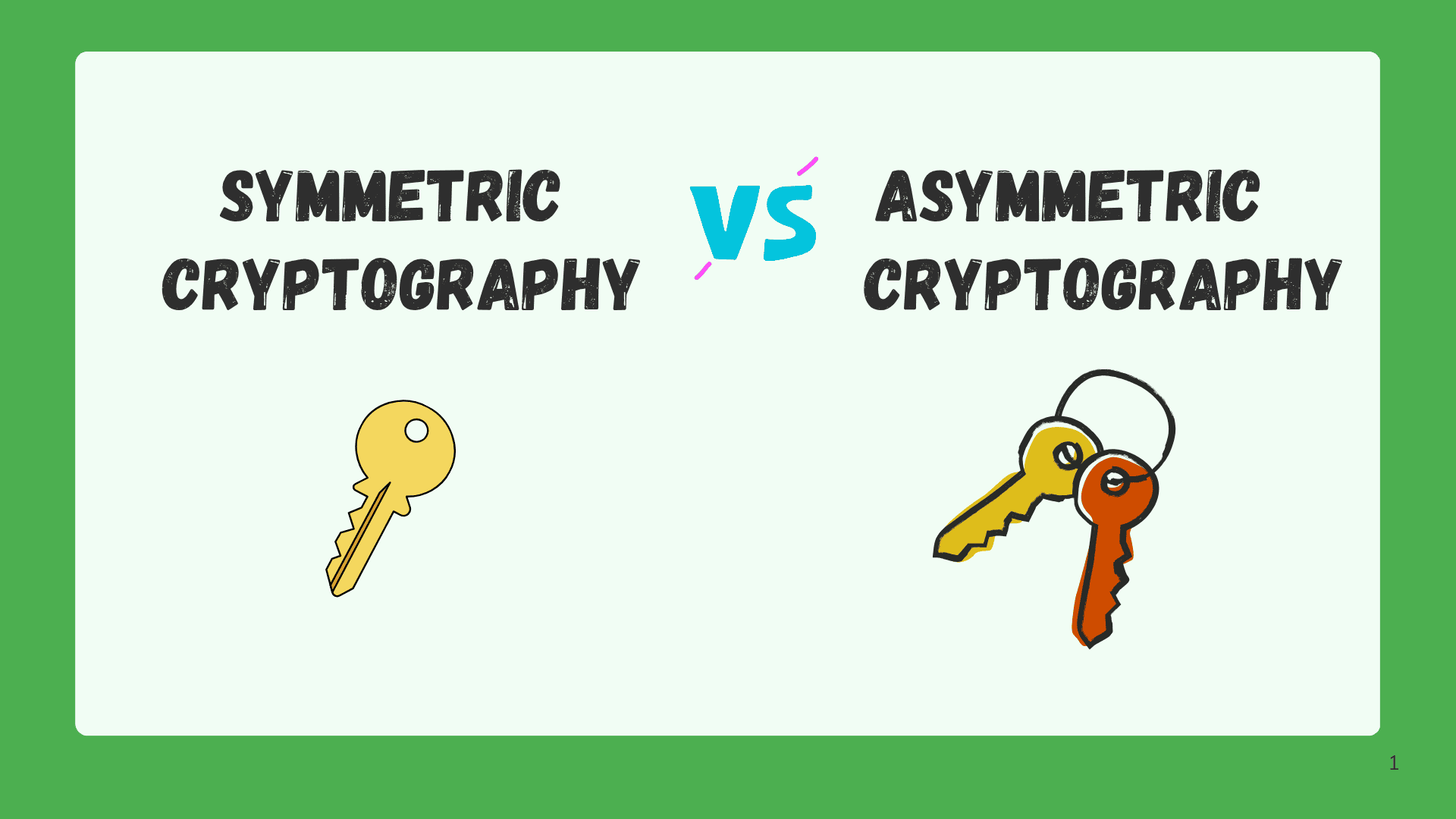
IPv6 addressing is the addressing scheme used in the Internet Protocol version 6 (IPv6). It is designed to replace IPv4 and overcome its limitations, particularly the scarcity of available addresses.
In this article, we learn what is IPv6 addressing in computer networks and how to configure it on Cisco devices. Knowing the IPv6 address will help us understand its working and needs and learning how to configure it on Cisco devices will be helpful as it is an important concept in many Cisco certification training courses.
What is an IPv6 Address?
An IPv6 address is a 128-bit identification assigned to devices on a network, designed to replace the older IPv4 system. IPv6 addresses are designed to replace IPv4 due to the shortage of available addresses. IPv4 supports about 4.3 billion addresses, while IPv6 can accommodate approximately 340 undecillion addresses.
This vast increase is essential as the number of Internet-connected devices continues to grow. As of 2023, over 40% of Internet traffic utilizes IPv6, highlighting its importance in ensuring connectivity and security for the expanding digital landscape. Transitioning to IPv6 is crucial for future-proofing networks and enhancing overall Internet functionality.

Let's check some important points about IPv6 addressing:
● Address Format:
It is a 128-bit address and is represented in hexadecimal format. The IPv6 addressing has eight parts and each part is four hexadecimal digits which are separated by colons.
Here is an IPv6 example, 2001:0db8:85a3:0000:0000:8a2e:0370:7334.
● IPv6 Subnetting:
IPv6 simplifies the process of subnetting by using the prefix length notation. The prefix length indicates the number of bits used to represent the network portion of the address.
For example, a /64 prefix length signifies that the first 64 bits are used for the network, and the remaining bits are for device addresses.
● IPv4 and IPv6 Connection:
To communicate between IPv4 and IPv6 addressing, some techniques have been developed such as dual stack tunneling and translation which converts IPv4 into IPv6 or vice versa.
Types of IPv6 Addresses
IPv6 includes different types of addresses:
1. Unicast addresses are used for one-to-one communication between devices.
2. Multicast addresses allow packets to be sent to multiple devices in a group.
3. Anycast addresses are assigned to multiple devices, and packets are delivered to the nearest device in the group.
IPv6 Address Allocation
Internet registries allocate IPv6 addresses to Internet service providers (ISPs) and organizations. ISPs distribute address blocks to their customers, who can then assign addresses to their devices. IPv6 addresses can be assigned statically or dynamically through protocols like stateless address autoconfiguration (SLAAC) or DHCPv6.
There are two types of IPv6 address allocation scheme:
1. Link-Local Addresses: Link-local addresses are automatically assigned to interfaces within a local network segment. These addresses are only valid within the local network and are used for neighbor discovery and local communication.
2. Unique Local Addresses (ULA): ULA addresses are similar to private addresses in IPv4 and are used for local communication within an organization or private network. They are not globally routable on the public Internet.
Topology Diagram
Configure IPv6 on Cisco Devices
Here, we will perform some tasks and see how to configure IPv6 addressing on Cisco devices practically. You can practice this configuration in our virtual lab.
Tasks
Note: Enable password is CISCO
● Please create an IPv6 addressing scheme for network segments A through F following these guidelines:
✓ Use the starting prefix of 2001:1111:2222:ff00::/56.
✓ Ensure that each derived subnet adheres to the IANA IPv6 recommendations and has a /64 netmask.
✓Assign prefixes based on the table below. For example, Subnet-1 would be 2001:1111:2222:ff00::/64, and Subnet-2 would be 2001:1111:2222:ff01::/64.
Network Segment Subnet Number Prefix
A 9
B 17
C 40
D 100
E 44
F 23
● Apply IPv6 addresses to your router interfaces following these guidelines:
✓ For R03's interfaces connecting to Segments E and F, you can disregard the addressing for now, as it will be covered in another lab.
✓ Routers connecting to network Segment A should utilize EUI-64 dynamic interface-IDs.
✓ On Segment B, R01 should have a static interface-ID of ::1. On the same segment, router R02 (E0/0) should obtain its entire IPv6 address dynamically via SLAAC from router R01.
✓ All other router interfaces should have static interface-IDs corresponding to their router number (e.g., ::3 for router R03).
✓ Configure routers R03 (E0/0 and E0/1), R04, and R05 using the IPv6 addresses and interface-IDs indicated in the topology diagram.
● To verify your IPv6 addressing configuration, perform the following actions:
✓ Confirm successful Telnet connectivity from R02 to R01 across both Segments A and B.
✓ Verify Telnet connectivity to R3 (E0/1) from R04.
✓ Validate ping connectivity from R04 to R05's E0/0 interface.
● Log in to router R01 and view the output of the "show interface E0/0" command. Use only the output from that command to answer the following question:
✓ What is the IPv6 Link-Local address of this interface?
✓ Use command "show ipv6 interface E0/0" to confirm the correctness of your answer to the above question.
Configuration and Verifications
As per the task, the starting prefix would be the IPv6 base Prefix = 2001:1111:2222:ff0::/56. Now assign prefixes as per the chart given in the task with netmark /64 and subnet 1 should be 2001:1111:2222:ff00::/64.
A = Subnet Number 9 = ipv6 address 2001:1111:2222:ff08::/64 (8 in hex is 08)
B = Subnet Number 17 = ipv6 address 2001:1111:2222:ff10::/64 (16 in hex is 10)
C = Subnet Number 40 = ipv6 address 2001:1111:2222:ff27::/64 (39 in hex is 27)
D = Subnet Number 100 = ipv6 address 2001:1111:2222:ff63::/64 (99 in hex is 63)
E = Subnet Number 44 = ipv6 address 2001:1111:2222:ff2b::/64 (43 in hex is 2b)
F = Subnet Number 23 = ipv6 address 2001:1111:2222:ff16::/64 (22 in hex is 16)
Network Segment A, which is R01's interface E0/2 and R0/2's interface E0/3 should utilize EUI-64 dynamic interface IDs can be done by using the keyword "eui-64" at the end of the address.
Network Segment B, R01's interface E0/0 should have a static interface-ID of ::1 and R02's interface E0/0 should obtain its entire IPv6 address dynamically (using command "ipv6 address autoconfig") via SLAAC from router R01. To do this R01 should reply to the request messages received from R02, it can be done by enabling "ipv6 unicast-routing" on R01.
The rest of the router interfaces (R02's E0/1 and E0/2 in network segment C and D respectively, also R01'sE0/2 in segment D) should have static interface-IDs matching with the router numbers.
R01:
R02:
Now configure IPv6 addresses on R03, R04 and R05 interfaces as per the topology diagram.
R03:
R04:
R05:
Verify IPv6 Addressing on Cisco Devices
Verify the IPv6 address configuration by:
Telnet from R02 to R01 on segment A
Telnet from R02 to R01 on segment B
Telnet to R03's E0/1 from R04
Ping connectivity from R04 to R05's E0/0 interface
The output of the "show interface E0/0" command on R01, derives the IPv6 link-local address and solicited node multicast address.

The IPv6 link-local address starts from FE80 followed by the MAC address of the interface (with the 7th bit inverted in the MAC address)
As shown in the output interface, Mac Address is aabb.cc02.3400, and the second "a" from the front has the 7th bit
aa (hex) = 10101010 (bits) => invert 7th bit => 10101000 => a8 in hex
so IPv6 link-local address will become FE80:a8bb:cc02:3400, this can be verified from the "show ipv6 interface E0/0" command on R01.

IPv6 Addressing and Configuration on Cisco - Conclusion
In conclusion, understanding IPv6 addressing is essential for modern networking. We explored various types of IPv6 addresses, their allocation methods, and how to configure them on Cisco devices using specific commands.
Proper configuration ensures efficient communication and enhances network security, making IPv6 a vital component for future-proofing network infrastructures as the demand for IP addresses continues to grow.
Mastering these concepts equips network professionals to effectively manage and optimize their networks in an increasingly connected world. To gain more valuable information knowledge, check out our wide variety of IT infrastructure courses.
He is a senior solution network architect and currently working with one of the largest financial company. He has an impressive academic and training background. He has completed his B.Tech and MBA, which makes him both technically and managerial proficient. He has also completed more than 450 online and offline training courses, both in India and ...
More... | Author`s Bog | Book a MeetingFAQ
Comments (0)
Popular posts


Different Types of Network Topologies ...
25 Aug 2025
CCNA Exam Fees and Expenses Breakdown
25 Aug 2025
New Cisco CCNA Syllabus for 2025
25 Aug 2025
Top 12 Cloud Service Providers Globally ...
29 Aug 2025Recent posts

Best Network Simulation Tools for ...
8 Oct 2025.jpg)
What is NAT in Networking and How it ...
6 Oct 2025
Top 20 CI/CD Tools For Easy Development ...
1 Oct 2025
Difference Between Symmetric and ...
1 Oct 2025.png)
What are the Different Layers of ...
29 Sep 2025Upcoming batches
Contact learning advisor




















